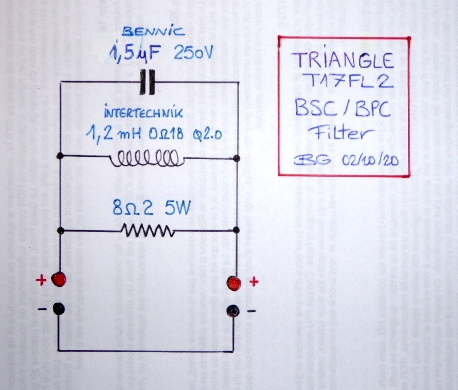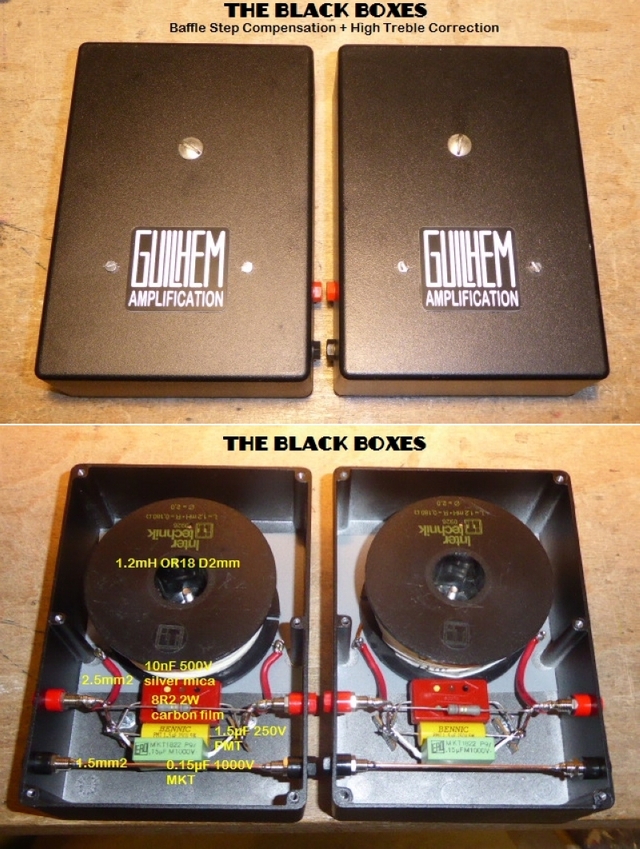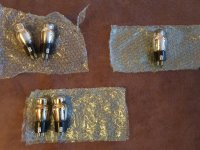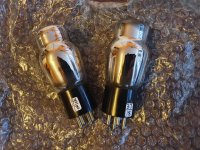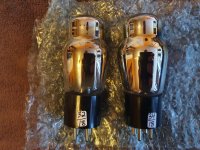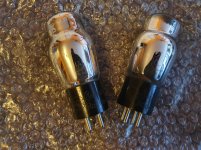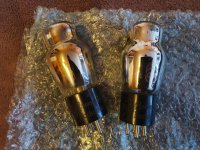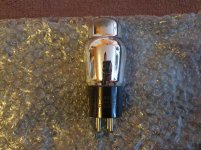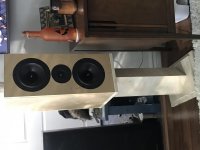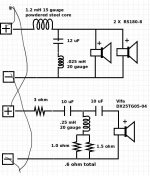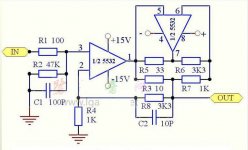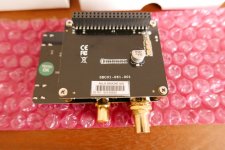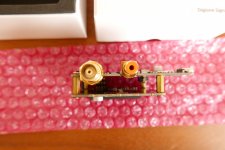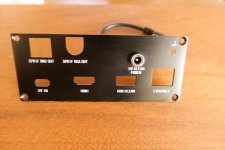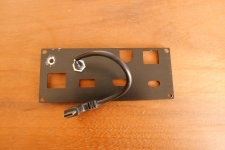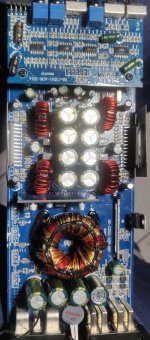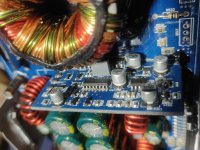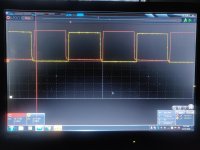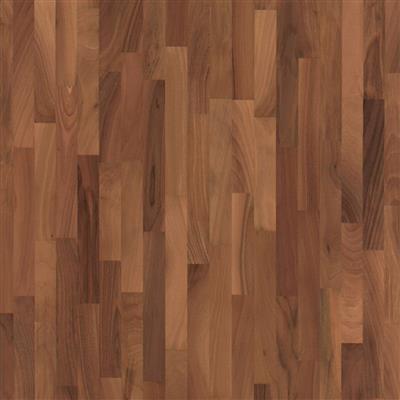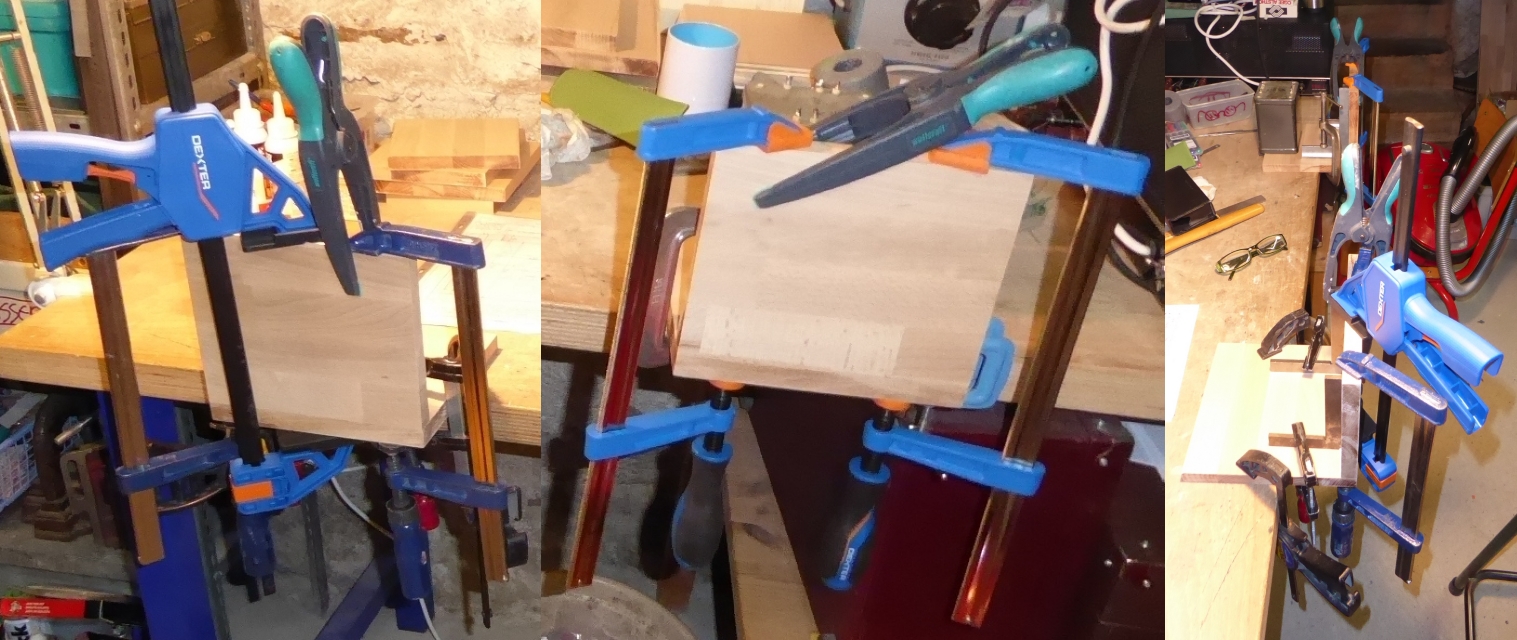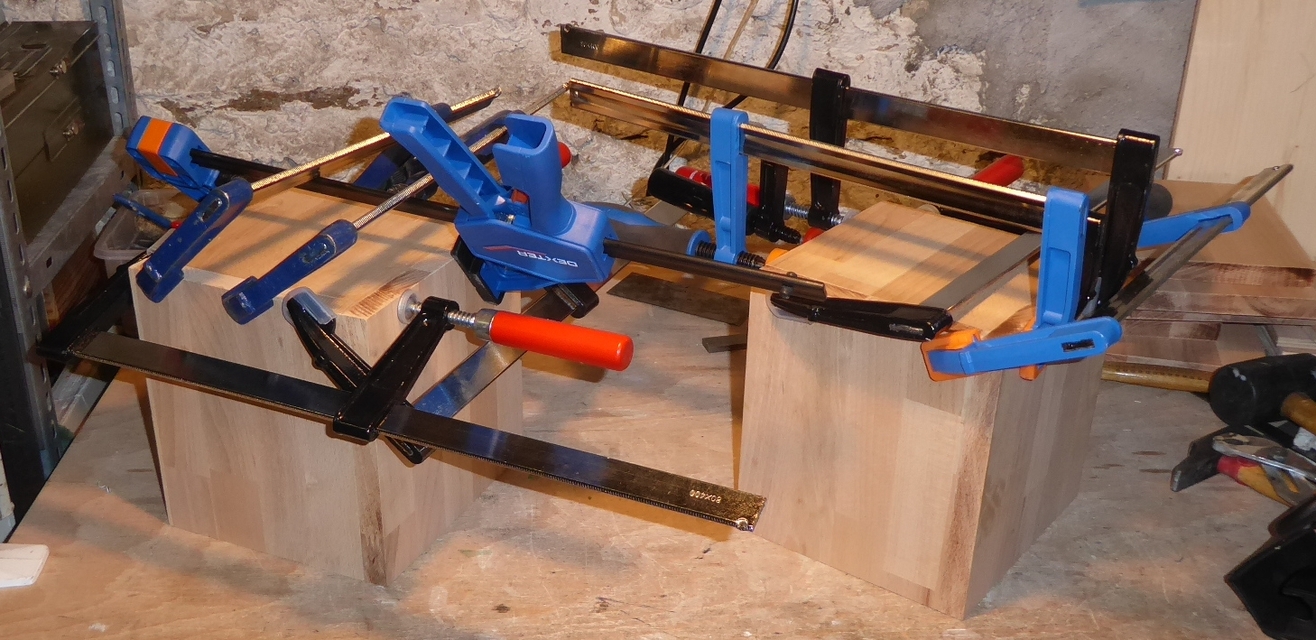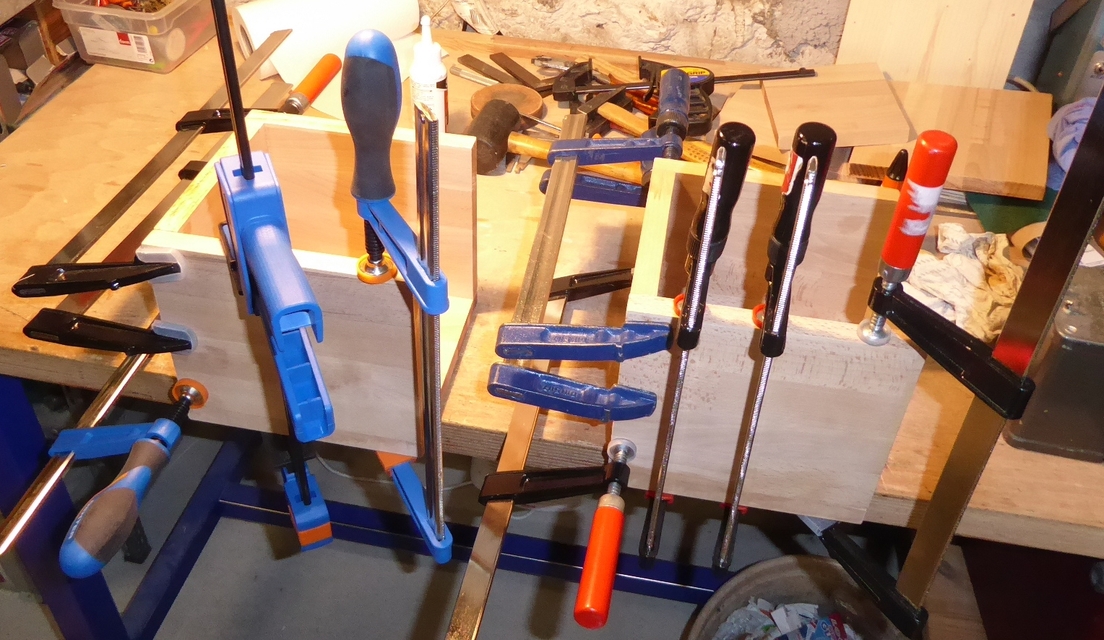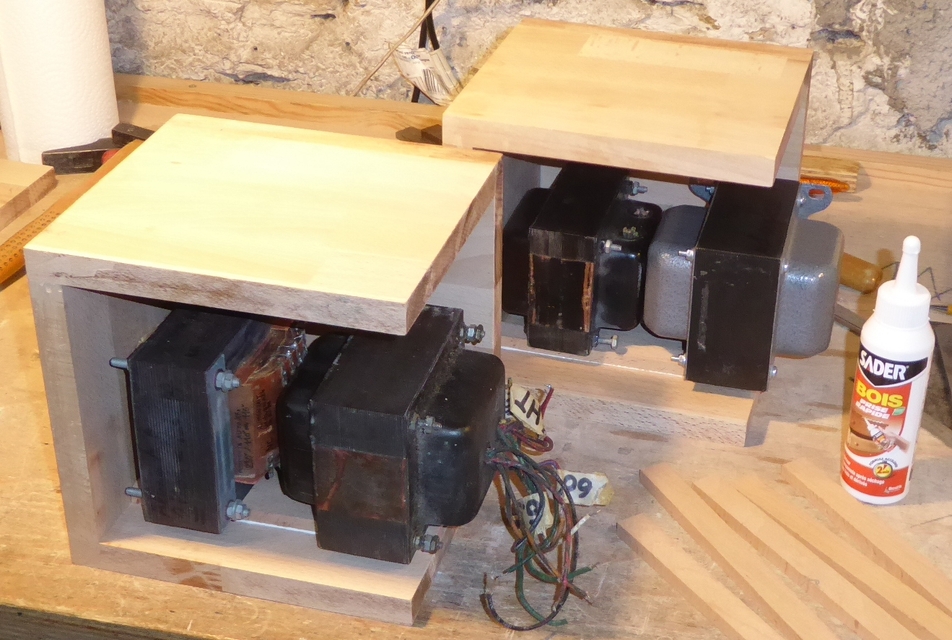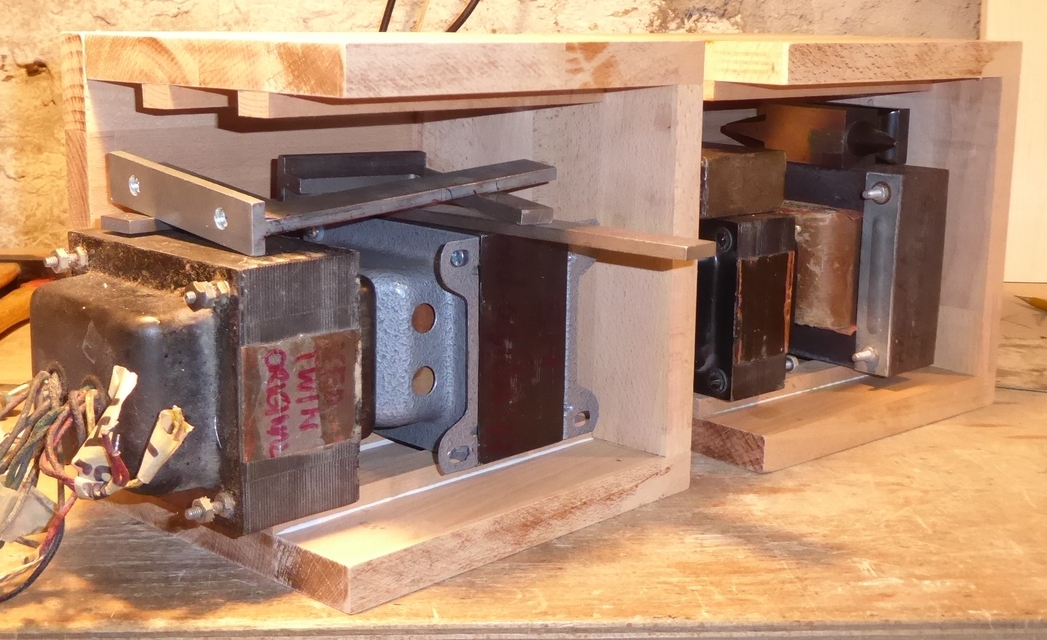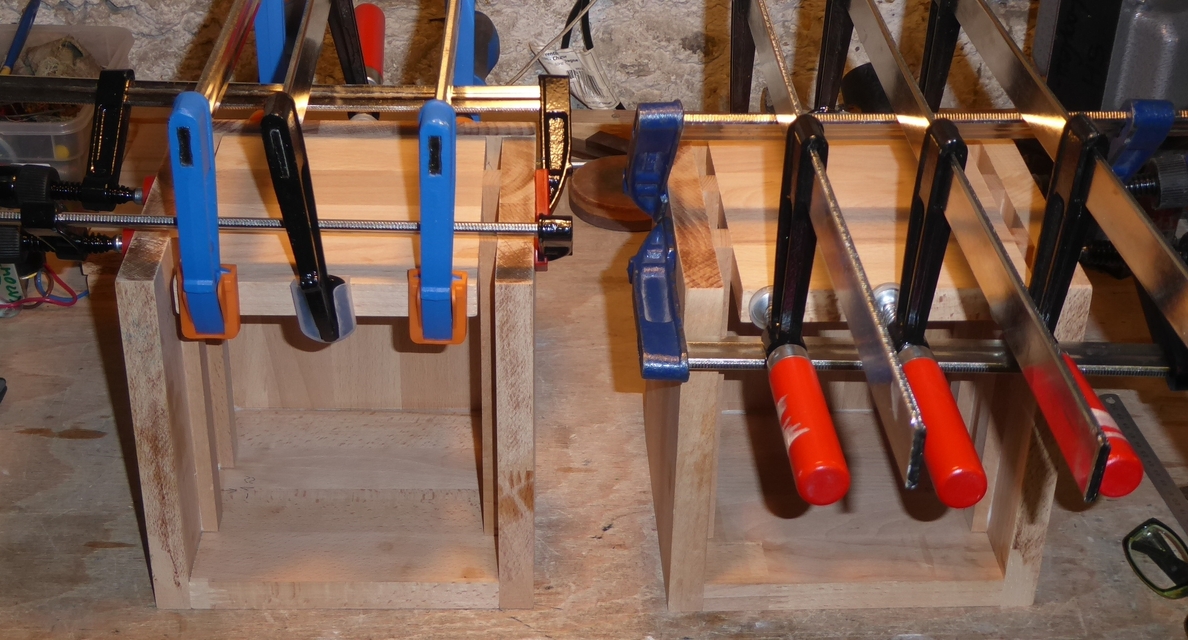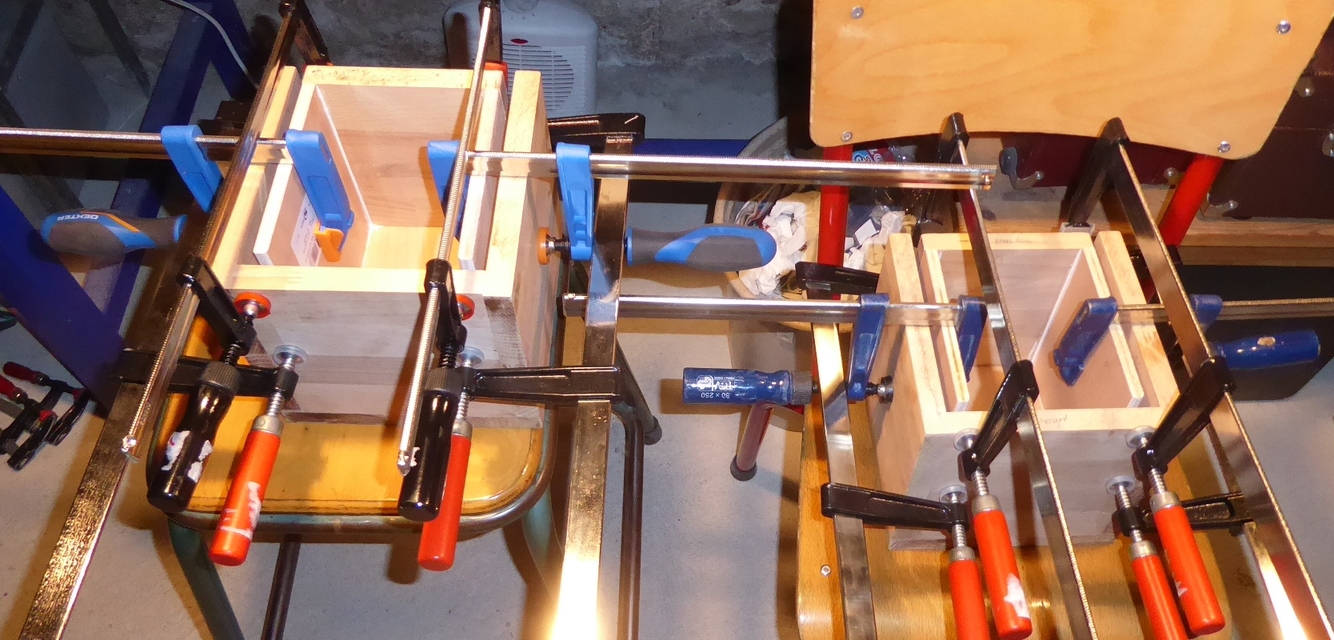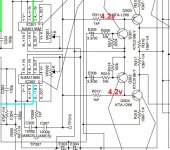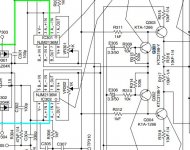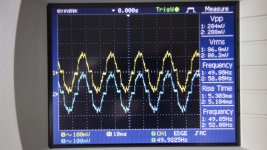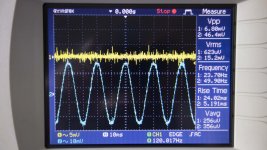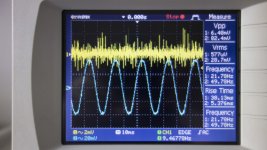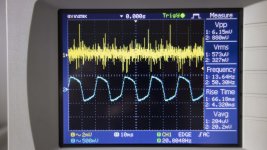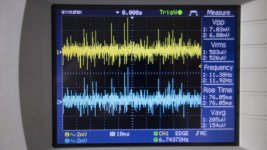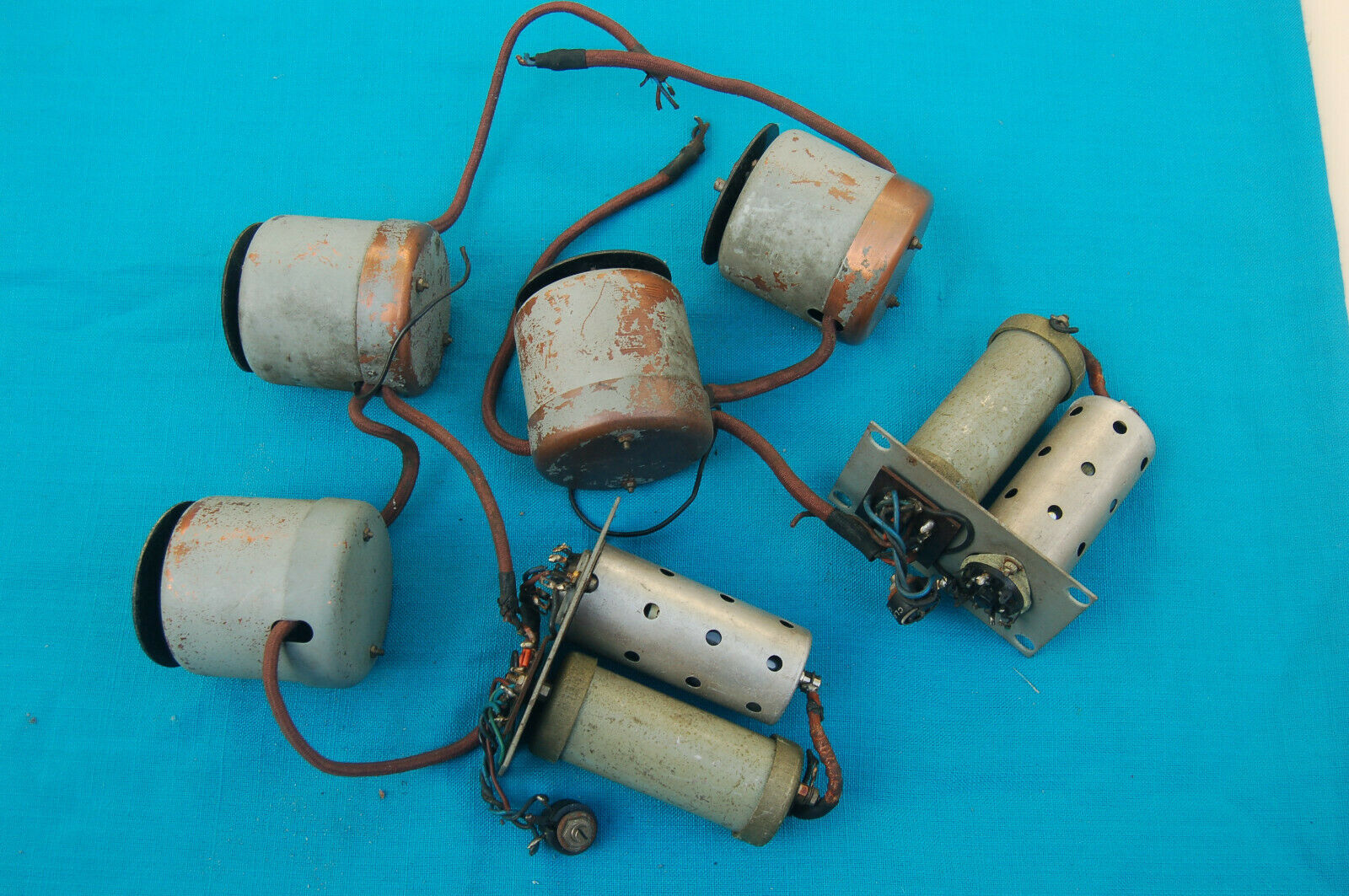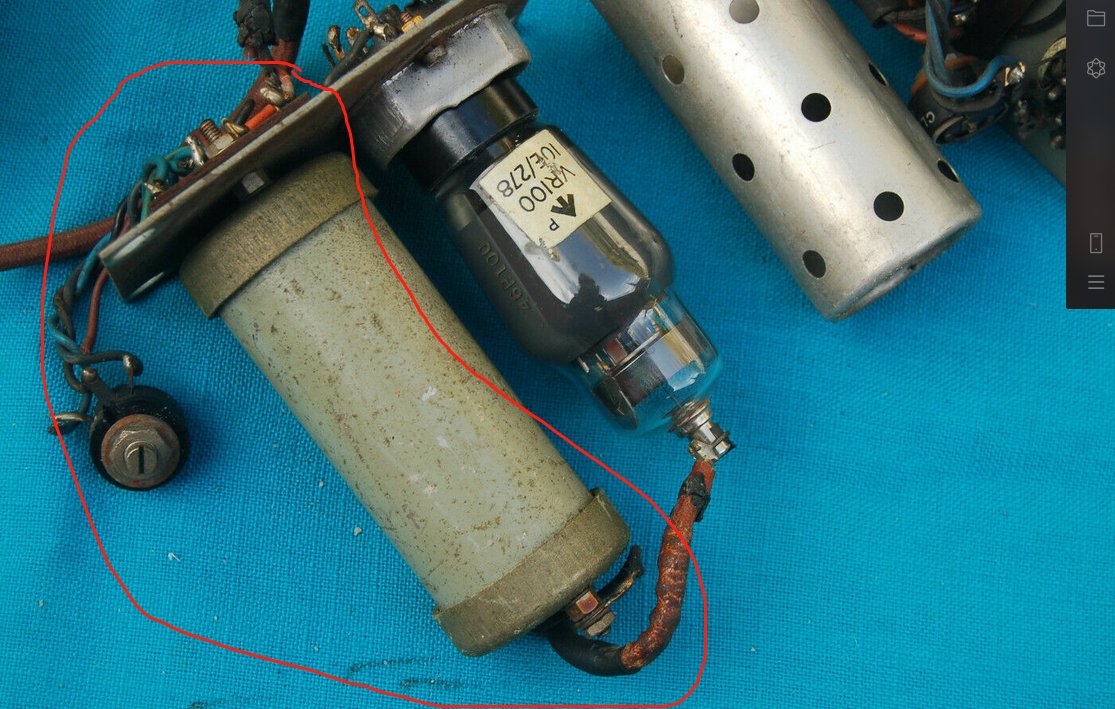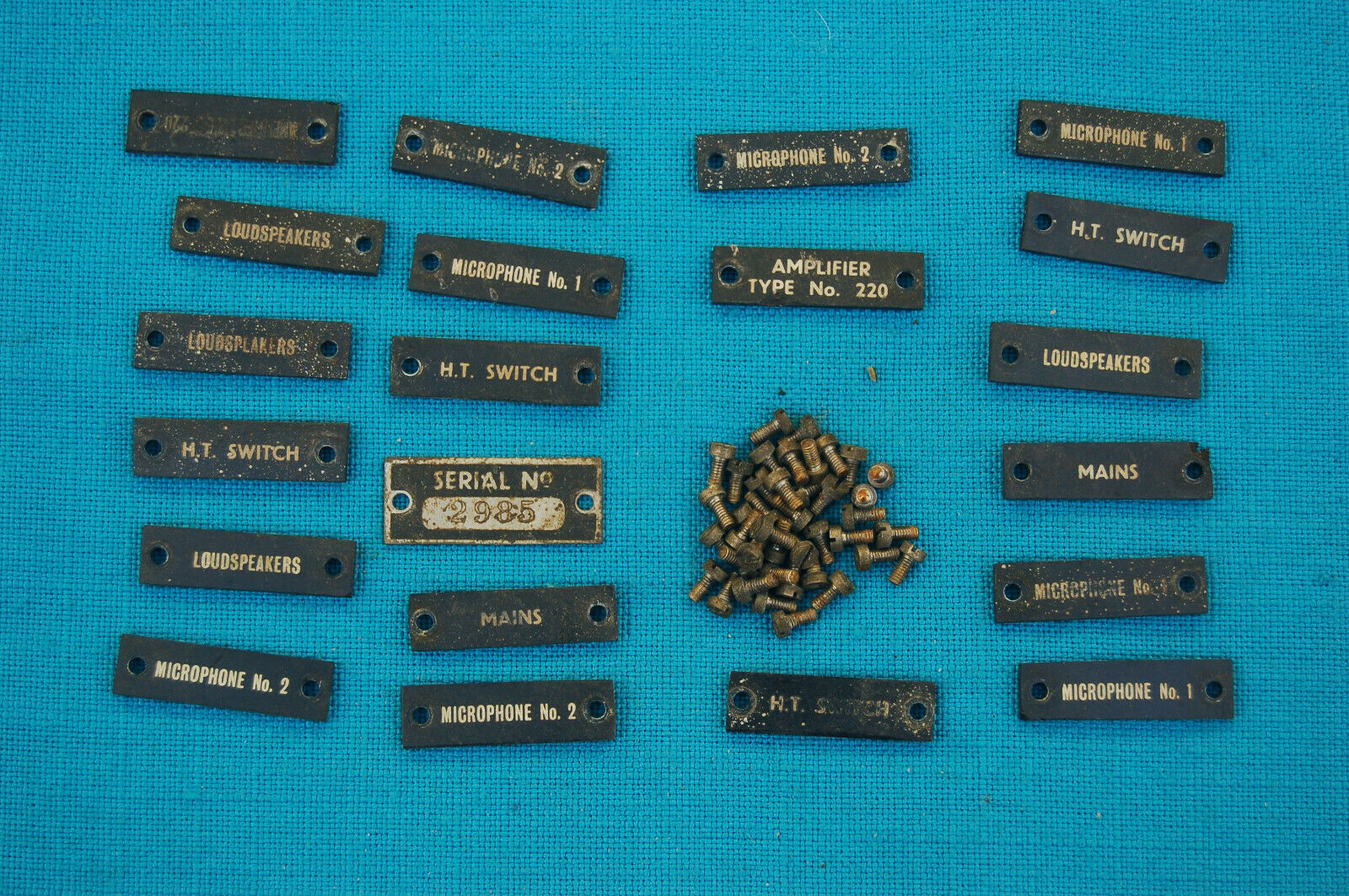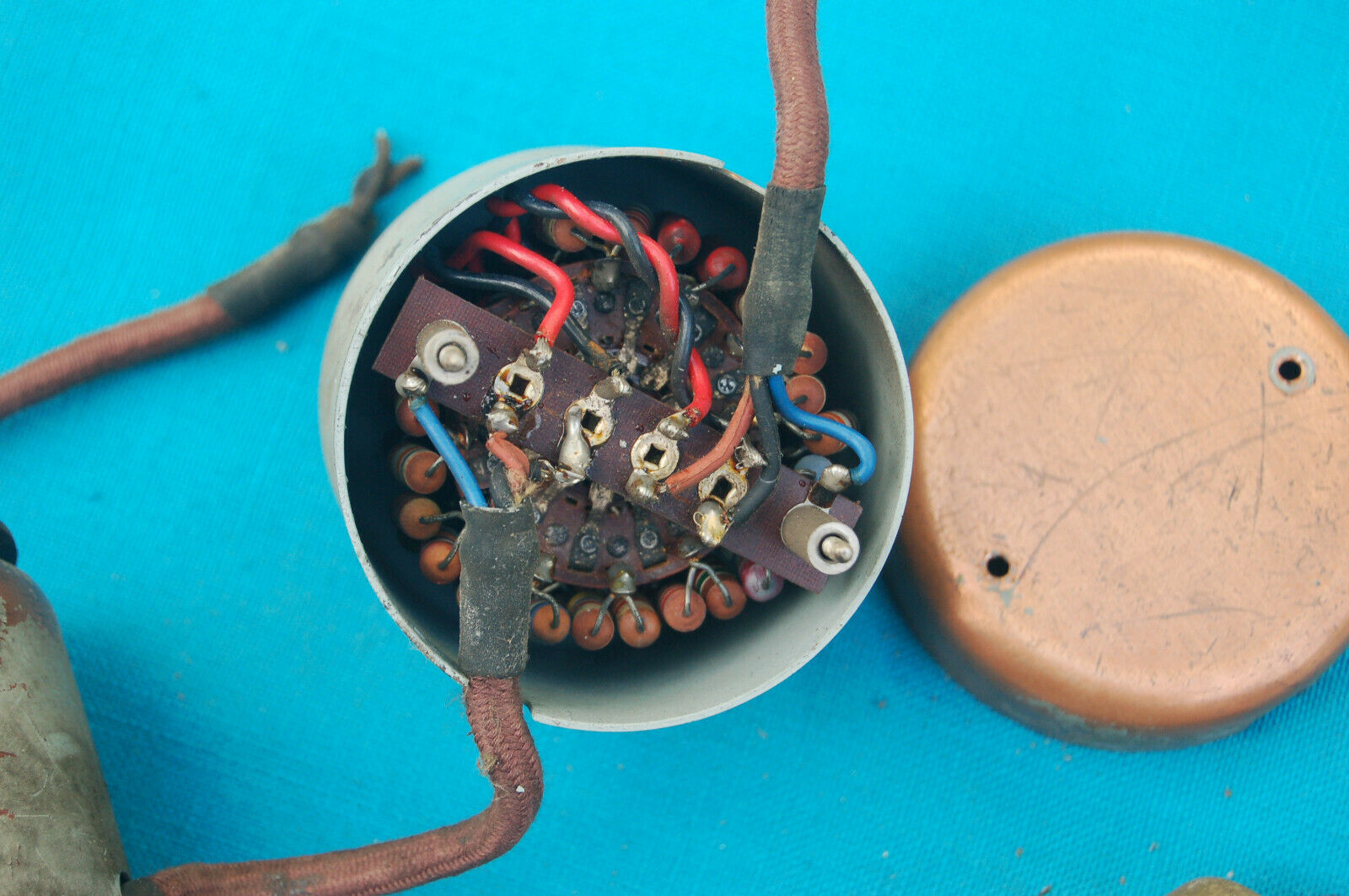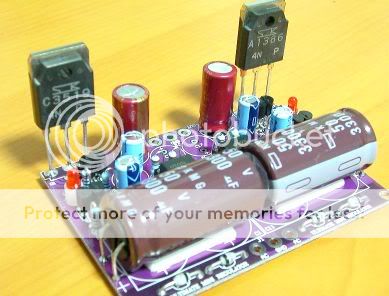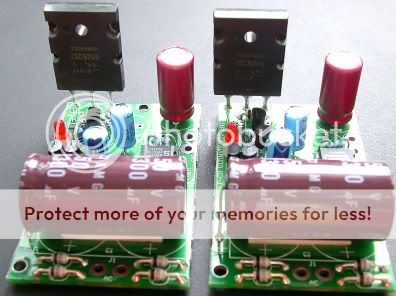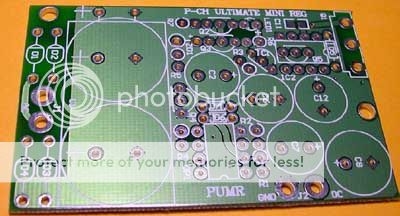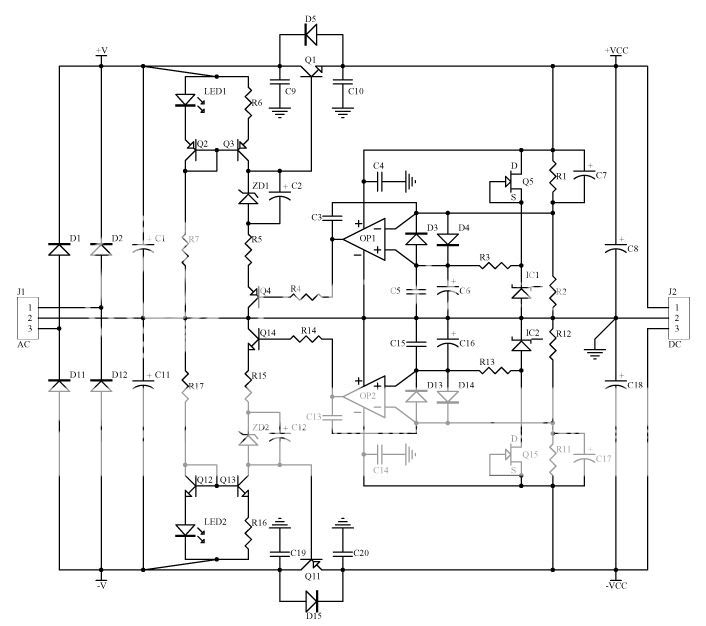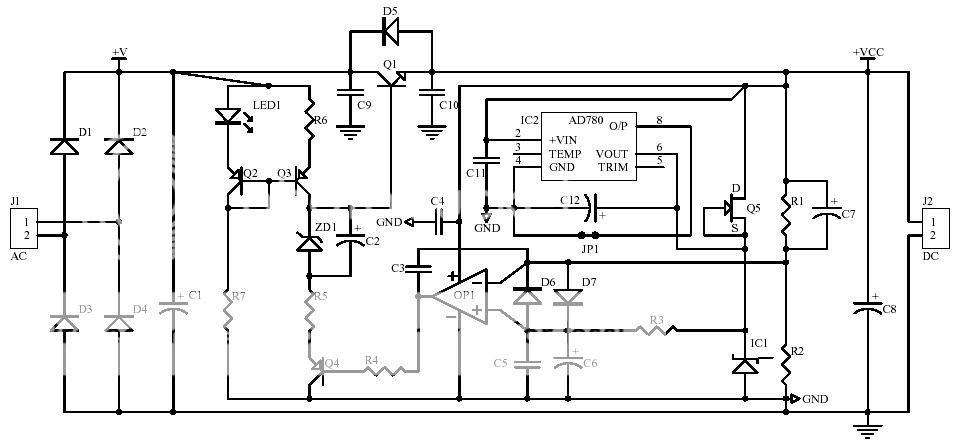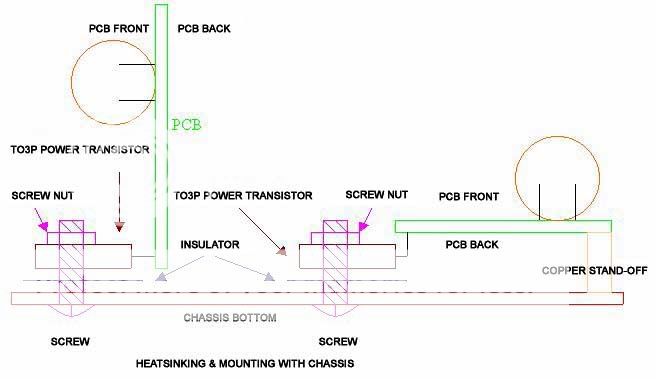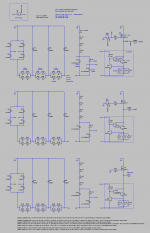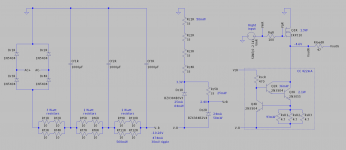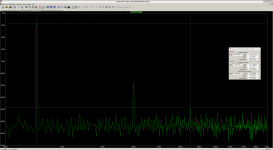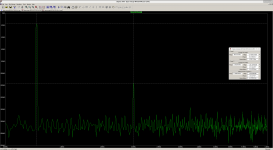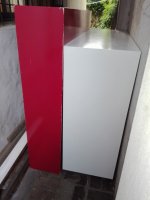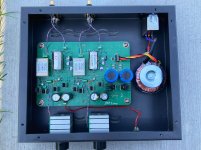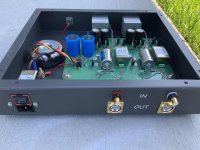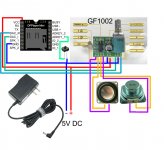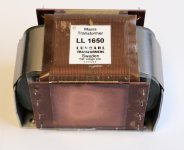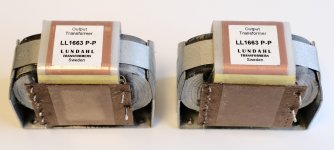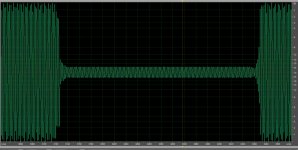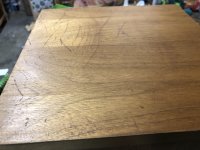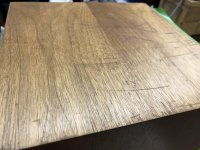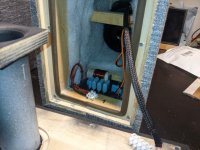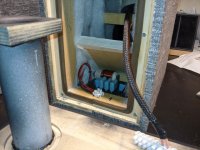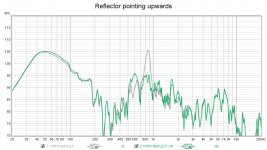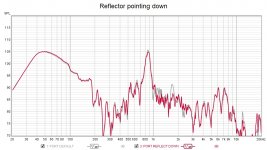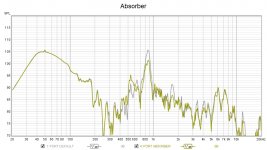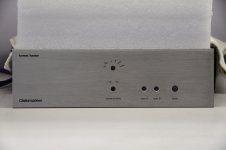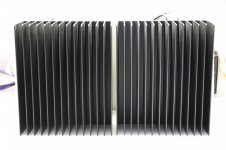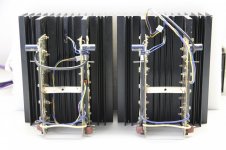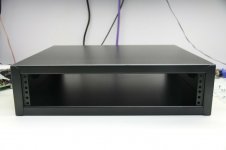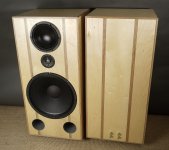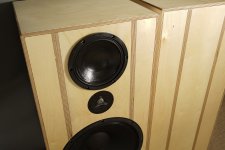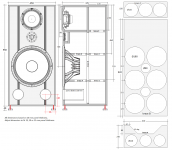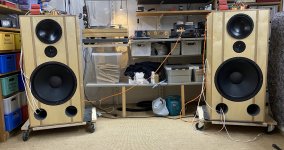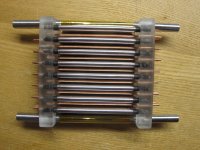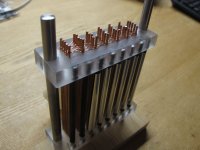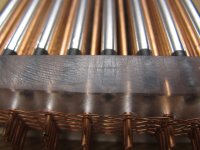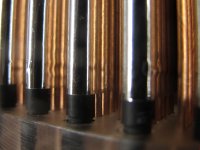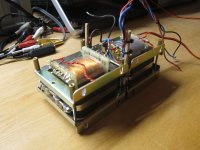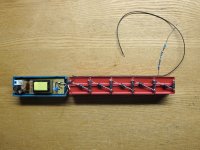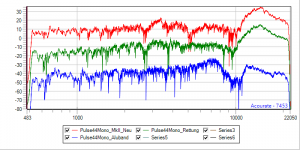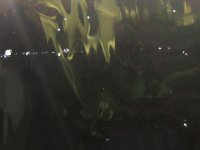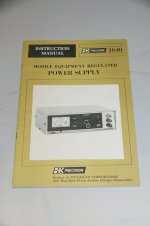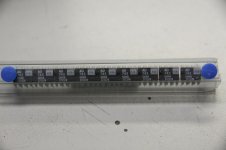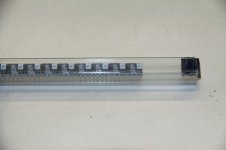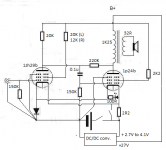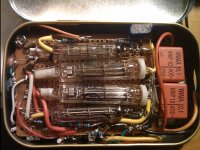As a happy Quad 63 listener, Dipole-DIY-er and fascinated by the AMT Mid-Tweeters ... why not face the challenge to mix that all together into yet another, this time slighty more experimental DIY project for me: A non-standard AMT with an electrostatic drive ...
ES_AMT_1.jpg
I started with the Idea of a folded AMT-curtain which would have some 4:1 depth-to-width ratio and would result in some sort of max. 4:1 compression ratio, if the membrane would perfectly move in parallel (which is not the case). I designed not much deeper, because of possible lambda/4-resonances.
The membrane is hold into it's curtain shape by carbon rods which are manteled by shrinking tube. These rods can rotate in the plexyglass holders so to allow some repartition of the membrane tension.
ES_AMT_4.jpg
On both sides of the array there is a V2A steel rod, letting stretch the membrane and slightly play with the tension. After the tension seems ok, the membrane has been further stretched with a hot air gun. The electrostatic load of the membrane is fed by one of these V2A rods.
ES_AMT_2.jpg
Each fold of the electrostatically charged membrane has on both sides 5 straight copper wires driving the audio signal to it. Because everything should be symmetric, in theory there would not be any lateral forces on these copper wires. Wirewise, a wire either pushes, or pulls both adjacent menbrane folds. All these 5-Wires-Arrays are alternatively fed by the high tension audio signal. One set is fed from the top, the other set with opposite polarity from the bottom. The distance from these arrays to the membrane is some 2mm, as everything is set up on a raster of 2.54mm.
ES_AMT_3.jpg
The transformers are 220V-5V types, which gives a theoretical ratio of 1:44 when inversely used. To archieve enough high Audio signal Voltage, two of them are used, totalling to a ratio of 1:88. In order to get some 4kV audio signal, the nominal 5V inputs of the transformers must be fed with some tenfold 45V...50V. Therefore, to avoid saturation of the iron core, this setup must not be fed with signals below the tenfold of the nominal 50Hz, e.g. not below 500Hz.
Transformers.jpg
The static high voltage is provided by a Cockcroft-Walton multiplyer, fed by a commercial inverter for cold cathode lighting, the latter outputting 700V ... 1100V / 5mA at a frequency of 30kHz. The diodes are 2kV/3A types, the capacitors are Wima MKS 2kV/100nF types. So at the end of the miltiplyer chaint there must approx. be some 4kV.
CockcroftWalton.jpg
So, hooking all together ... and driving it with an old faithful Yamaha AX 590.
Three different membranes have been measured. Twice (red/green) membranes cut out from an aluminium damped emergency blanket. KISS for the beginning, because it is a standarded and readily available (I know, I know, way too much conductivity ...). This kind of membrane material is very noisy by itself, very self-resonant, which leads to really messed-up acoustic results between 500Hz ... 5kHz, full of resonances. And also a huge and broad peaking above 10kHz. Because of these resonances, something completely different was used for a third attempt: Give it a chance with a self-adhesive aluminium ribbon, all along with it's protective PE-strip-off-layer (blue). This provides a nice self-damping sandwich membrane, a much smoother sweep audition, but an akward loss of SPL around 10kHz. So in the end, none of these two membranes were suitable. And I am reluctant to dive into self.made soap/graphite/magicmixtures coating of unobtainable membrane brands. Unless someone knows THE solution ...
Amplitude.png
Besides the resonances there was way too low SPL: 80dB, and when driving it louder, then the sparks went firing ... for the case of the safety blanket, each spark was evaporating some of the aluminium coating (sort of a nice self-limiting process, indeed). The foil itself was robust: The sparking was not punching a hole into the foil.
Membrane.jpg
So all in all the project is/was a fail until now. But it was fun, and I learned a lot about electrostatic LS. And I luckily am still alive, despite handling HT.
I have not given up completely, though: Maybe someone has some most welcomed constructive critics / remarks / hints?




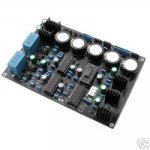
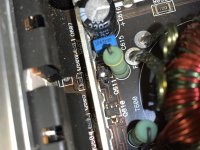
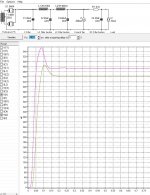
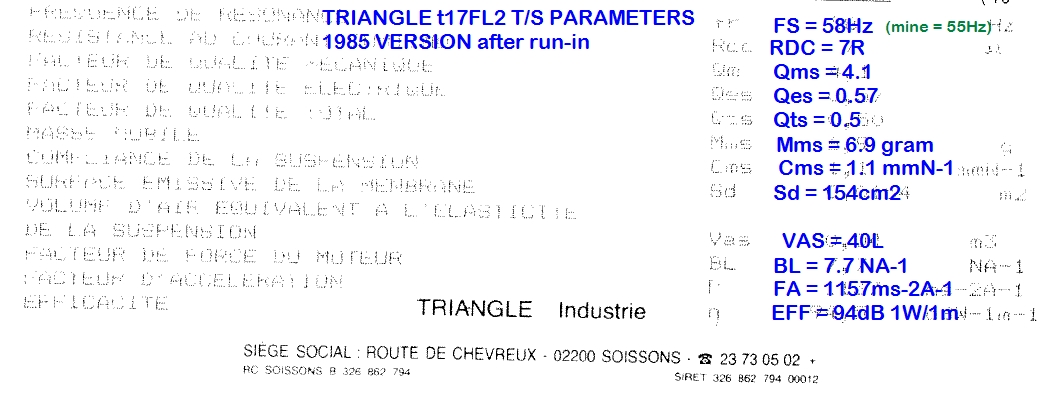
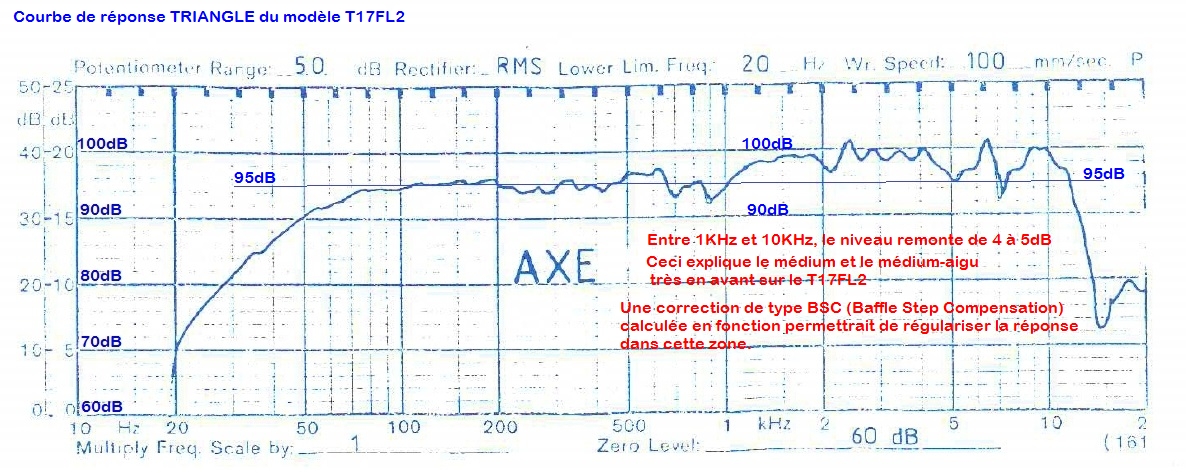
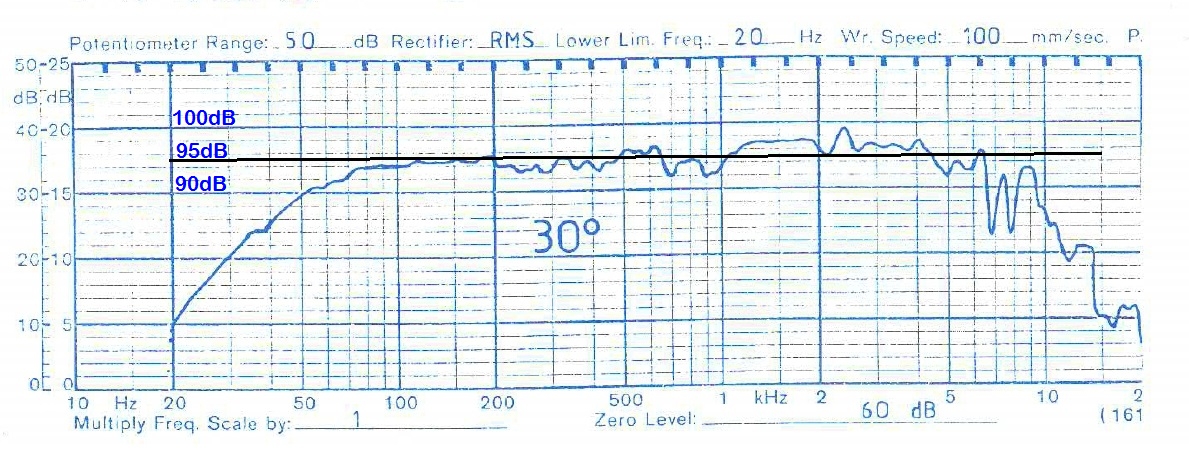
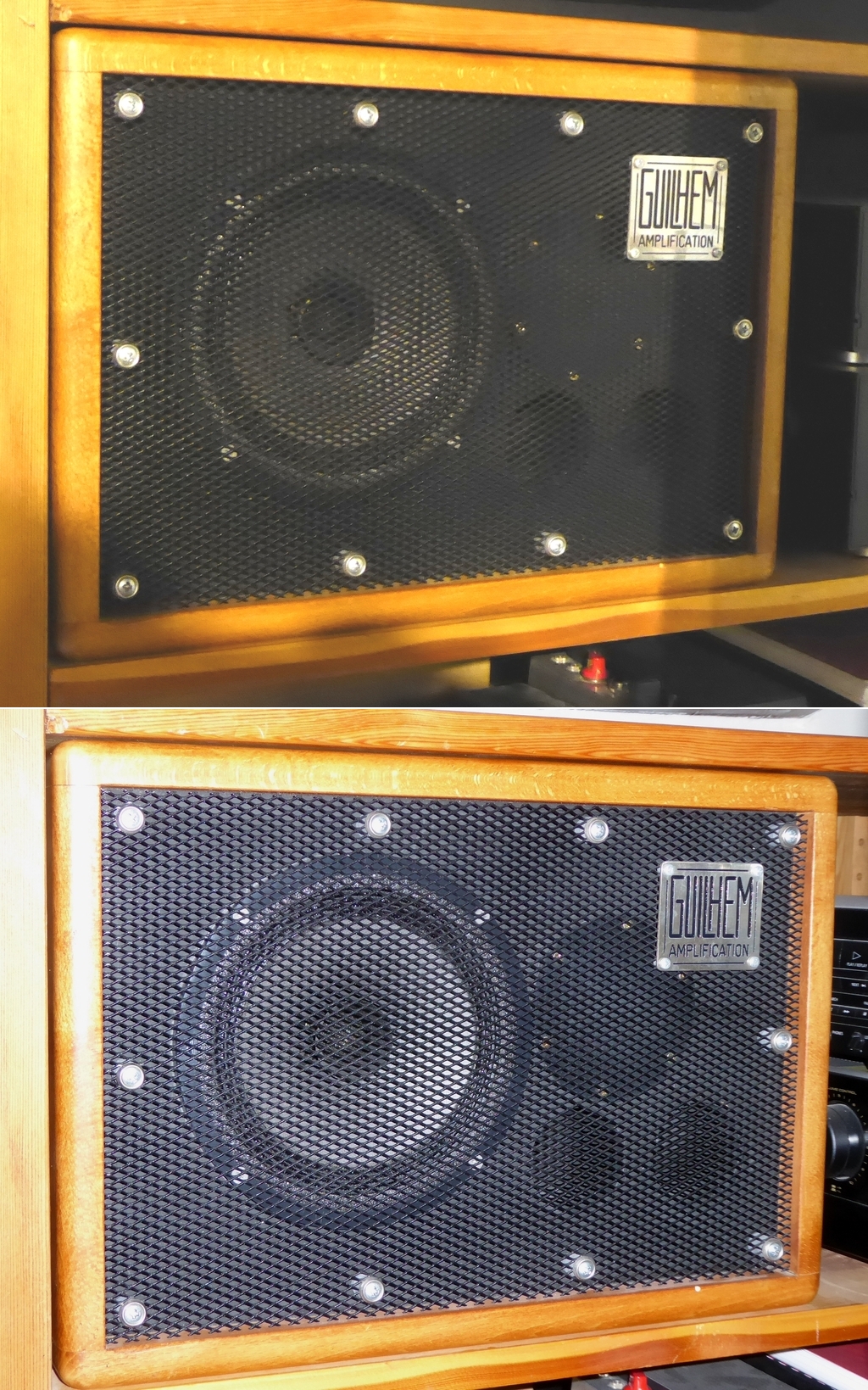

 - I decided to correct that issue by experimenting the principle of a Baffle Step Compensation crossover... Not trivial for a full-range speaker !
- I decided to correct that issue by experimenting the principle of a Baffle Step Compensation crossover... Not trivial for a full-range speaker ! 
